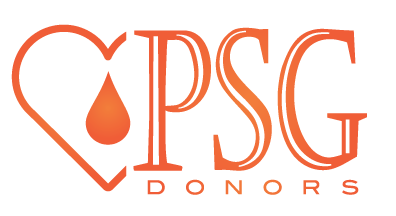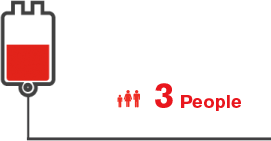If whole blood donation is the simplest and best-known method of collection, there are other types of donation: plasma donation and platelet donation. Their principle is to take only one of the blood components. These use sophisticated equipment and require more time, but they allow to better adapting to the specific needs of each recipient, it can thus bring to patients only the blood component they need. The donation of white blood cells is less common today. The use of the platelet donation process is essential there.
Whole blood donation

The donation of whole blood consists of collecting a quantity of blood with all its components (red blood cells, plasma and platelets).
It is used for:
- Transfusions
- Medical research
- Whole blood donation is collected from EFS fixed sites or mobile collection. It lasts about 15 minutes.
- Plasma donation
(plasmapheresis donation)
Plasmapheresis donation involves taking only the donor’s plasma and restoring the other blood elements ( red blood cells and platelets ). The plasma regenerates in a few hours. This operation makes it possible to obtain a larger quantity of plasma than that obtained with a donation of whole blood.
Plasmapheresis is used especially to treat patients suffering:
- Serious disorders of coagulation
- Acute hemorrhages, factor deficits
- Coagulation
When a plasma is not used directly, it is used in the manufacture of widely used therapeutic products:
- Albumin: indicated in case of an imbalance of circulating volume, serious burns, diseases of the kidney or liver, etc.
- Coagulating proteins: for the treatment of hemophilia and other coagulation pathologies, prevention of infectious diseases, hemolytic disease of the newborn
- Immunoglobulins: for the prevention of certain allergies, the treatment of immunodeficiencies.
- This donation, even if it is longer than the donation of whole blood (about 45 minutes), is not more tiring.
- Plasma donation is done by appointment at EFS fixed sites.
The gift of platelets
The donation by cellular apheresis consists of taking only the platelets from the donor and restoring the other blood elements (red blood cells and plasma). This operation makes it possible to obtain a quantity of platelets equivalent to that obtained by 6 to 8 donations of whole blood.
Cellular apheresis is used especially to treat patients suffering:
- Leukemia: When a subject has leukemia, his bone marrow is invaded by abnormal cells that prevent the reproduction of healthy cells, especially platelets.
- Cancer: Without the cases where the treatment requires chemotherapy, it is so powerful that it destroys not only cancer cells, but also many healthy cells including platelets.
- Aplasia: it is the decrease or the stop of manufacture of the blood cells by the bone marrow. This can be a peculiar disease of the marrow or the consequence of chemotherapy and / or radiotherapy. until the bone marrow is functioning normally again, the patient needs frequent platelet transfusions. The treatment of aplasia can also be bone marrow transplantation which also requires platelet transfusions.
- Significant haemorrhage: in addition to the examinations preceding a donation of whole blood, the platelet donor is offered a balance sheet comprising: an electrocardiogram, a blood count (estimate of the number of blood cells), a haemostasis report with a measurement of the quality of coagulation.
Although it is longer than the donation of whole blood, this gift is not more tiring. The donation of platelets is done by appointment in the fixed sites of the EFS .


